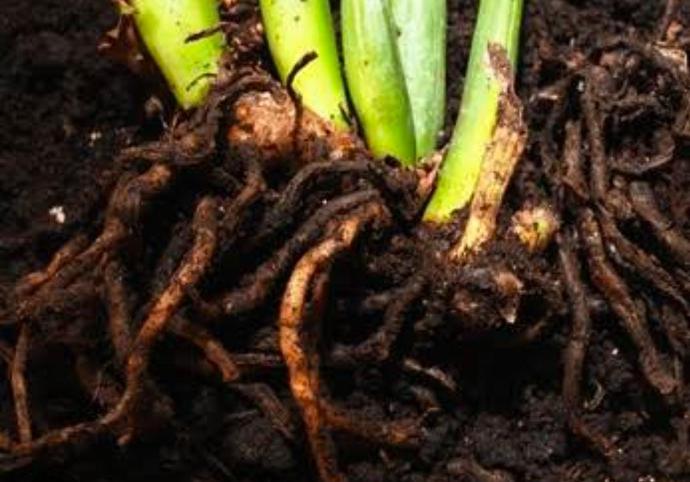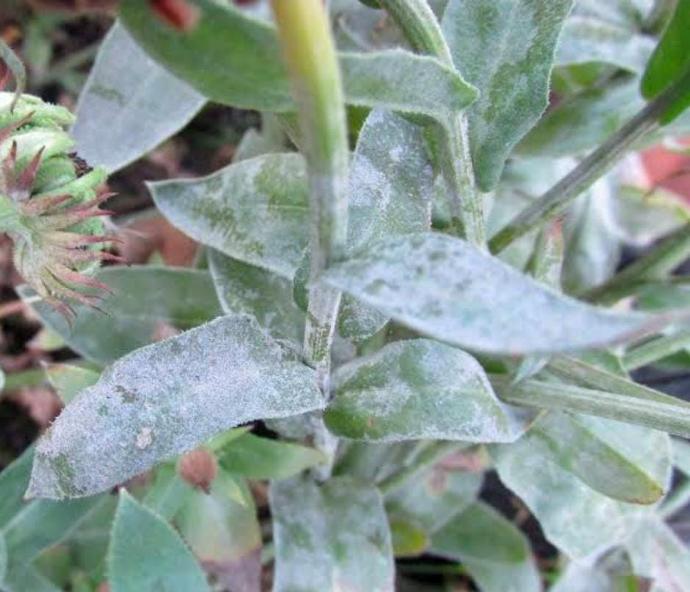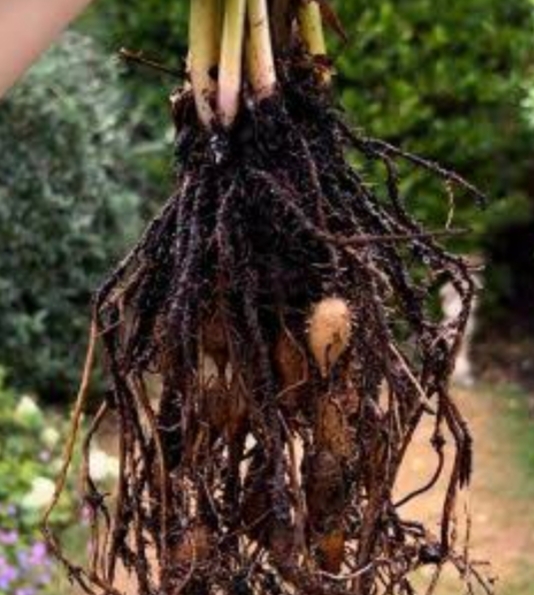Mini ixora Plant
Mini Ixora, a compact variety of Ixora, may have care requirements similar to other Ixora plants. Plant in well-draining soil with full sun to partial shade. Water consistently and deadhead spent flowers for continuous blooming. Pruning helps maintain a compact and bushy appearance. 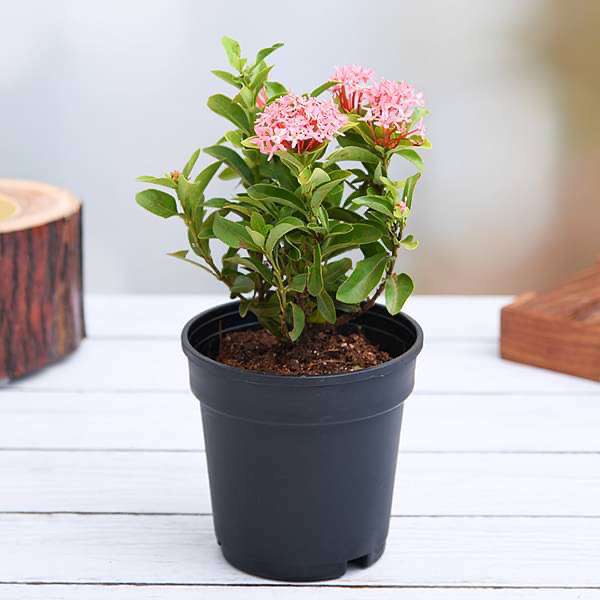
Habit
Shrub
Height
0.3 to 1.0 m
Growth
Fast
Soil
Well-drained, Loamy
Shade
Full Sun to partial shade
Moisture
Moist
Edible
No
Medicinal
No
Origin
Southeast Asia
Climatic Condition
Tropical, Subtropical
Temperature (°)
20°C to 30°C
Humidity (%)
60% to 80%
Potting media
50% Loam, 40% Sand, 10% Compost
Fertilizers
Organic Fertilizer
Watering
Regular watering
Plant Weight
0.2 to 0.4 kg
Flowering Time
Spring to Summer
Soil Ph level
6.0 to 7.0
Water Ph level
6.0 to 7.0
Soil EC
0.5 to 1.0 mS/cm
Yield Per Plant
2 to 3 kg per plant
NPK ratio
10:10:10
life Span
2 to 4 years
Health Benefits
Ornamental, Anti-inflammatory
Suggested Grow Media or Potting Mix ?
50% loamy soil, 30% compost, 20% sand
Suggested Fertigation/Fertilizers
Fertilize every 2 weeks with a balanced fertilizer.
Common Diseases and Remedies
Powdery Mildew , Root Rot
White powder that occur in the surface of leaves .
Avoid overwatering , ensure proper drainage .
HEALTH BENEFITS
- Traditionally used for treating diarrhea and fever.
- Contains anti-inflammatory and antimicrobial properties.
- Helps in wound healing and skin care.
What Is An Mini Ixora Plant ?
The Mini Ixora plant, also known as Ixora chinensis or dwarf Ixoras, is a small, compact shrub native to Asia. It typically reaches 1 to 2 feet in height and has a dense bushy habit. Mini Ixora is popular for its bright clusters of small star-shaped flowers, which come in a variety of shades, including red, pink, orange, yellow, or white, depending on the variety. These plants are often used as ornamental hedges, borders, or container plants in gardens and landscapes. It prefers a warm, humid climate and well-drained soil, and will grow in partial or full sun. Regular watering and occasional fertilization contribute to healthy growth and abundant flowering.
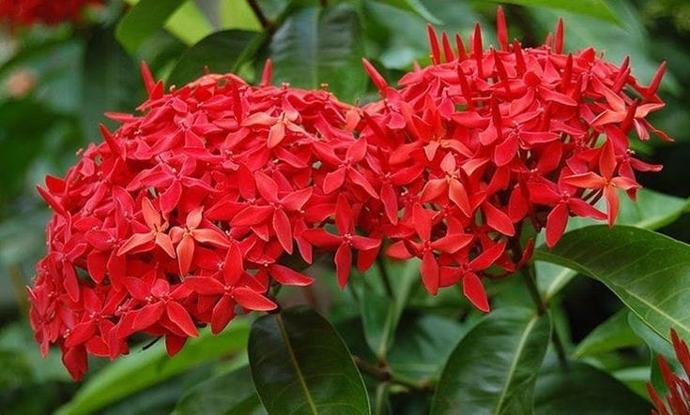
What Are The Different Types Of Mini Ixora Plants?
1. Dwarf Red Ixora (Ixora chinensis 'Dwarf Red')
Known for its small size and bright red flowers.
2. Dwarf Yellow Ixora (Ixora chinensis 'Dwarf Yellow')
Grows compactly with bright yellow flowers.
3. Dwarf Pink Ixora (Ixora chinensis 'Dwarf Pink')
Characterized by delicate height and pink flower clusters.
4. Dwarf Orange Ixora (Ixora chinensis 'Dwarf Orange')
It has small orange flowers and a compact shape.
5. Dwarf White Ixora (Ixora chinensis 'Dwarf White')
Characterized by small size and white flowers.

How to Care Mini Ixora ?
1. Location
Mini Ixora plants come from Asia, especially areas with warm tropical climates. It grows in full sun, high humidity, and well-drained soil. In landscaping, Mini Ixora is often used as an ornamental shrub or container plant in gardens, parks, and outdoor landscapes. Additionally, it can be grown indoors in a bright, sunny area as long as there is sufficient light and humidity. Whether indoors or out, the Mini Ixora likes warmth and protection from the harsh elements, so you can protect yourself from strong winds and cold.
2. Sunshine
Mini Ixora plants grow in bright, indirect to partial sunlight. Prefers at least 4 to 6 hours of sunlight per day for optimal growth and flowering. Outdoors, you can place it in an area that receives morning sun and partial shade during the hot parts of the day. Indoors, it should be placed near a window that receives plenty of direct sunlight throughout the day. Avoid exposing your Mini Ixora to strong direct sunlight for long periods of time as this can burn the leaves and affect its overall health.
3. Soil
Mini Ixora plants prefer well-drained, slightly acidic soil with a pH of 5.5 to 6.5. A suitable soil mix for Mini Ixora combines organic materials such as peat moss and compost with perlite and sand to improve drainage. This type of soil allows water to penetrate easily and prevents water blockages that can cause root rot.
4. Hydration
Mini Ixora plants usually require regular watering to keep the soil evenly moist but not waterlogged. It is important to let the soil dry out a little between waterings to prevent root rot. Be sure to water your Mini Ixora when the top of the soil feels dry. Adjust watering frequency based on environmental conditions and the specific needs of your plants. Also, make sure to provide sufficient drainage to prevent water from pooling around the roots.
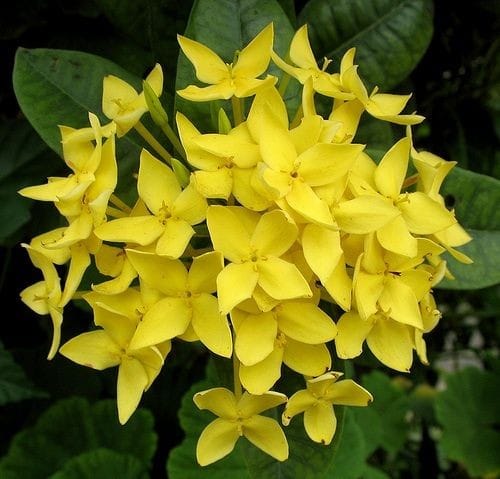
5. Nourishment
To feed your Mini Ixora plants, you can use a balanced liquid fertilizer for flowering plants. Dilute the fertilizer to half or quarter strength and apply every two to four weeks during the growing season (usually spring through summer). Avoid fertilizing during the plant's dormant period from fall to winter. In addition, you can enrich the soil with organic matter such as compost and old manure to improve soil fertility and structure. Follow the specific instructions on the fertilizer package and be careful not to over-fertilize, as this can damage your plants.
6. Issues
Mini Ixora plants are susceptible to pests such as aphids, spider mites, scale insects, and mealybugs. If left unchecked, these pests can cause damage to leaves and stems. Fungal diseases such as spot and root rot can affect mini Ixora plants, especially if conditions are damp or the plant is overwatered. As a result, mini Ixora plants may have weaker flowering due to lack of light, lack of fertilization, or improper pruning.
What are the Benefits of Mini Ixora ?
Mini Ixora plants add beauty to indoor and outdoor spaces with bright clusters of small flowers in a variety of colours. It is relatively easy to care for and requires adequate watering and light. Suitable for both experienced and novice gardeners. Like many other houseplants, mini Ixora plants improve indoor air quality by absorbing pollutants and releasing oxygen. Parts of the Ixora plant are used in traditional medicine to treat illnesses such as diarrhea, fever, and inflammation.
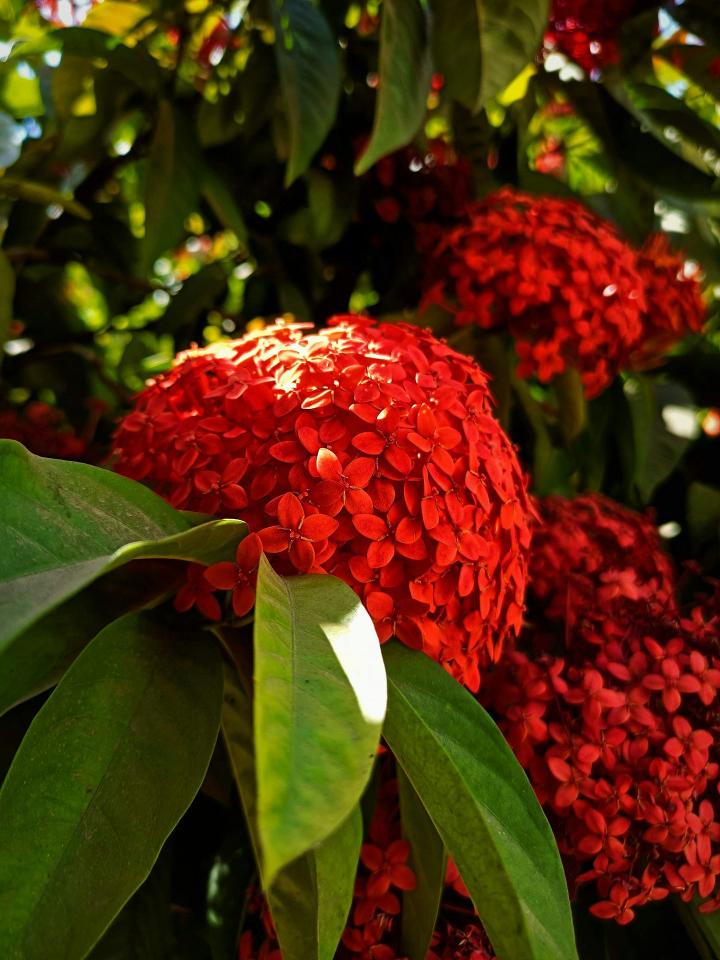
FAQs About Growing Mini Ixora
1. Where does the Mini Ixora plant originate ?
The Mini Ixora plant Ixora chinensis is native to Asia, particularly in areas such as China, India, Sri Lanka, and Southeast Asia.
2. When is the best time to propagate Mini Ixora plants ?
The best time to propagate Mini Ixora plants is during the active growing season, which usually occurs in spring or early summer. During this period, the plant actively produces new growth and is more responsive to propagation methods such as cuttings and division.
3. How fast does a Mini Ixora plant grow ?
The growth rate of a Mini Ixora plant depends on factors such as environmental conditions, care methods, and the specific Ixora variety. Mini Ixora plants generally grow in temperate regions. This means that it typically grows at a moderate pace compared to other plants.
4. What role does the Mini Ixora plant play in its native ecosystem ?
The colourful flowers of the Mini Ixora plant attract pollinators such as bees, butterflies, and hummingbirds. These pollinators facilitate the reproduction of Ixora plants as well as other nearby flowering plants, thereby contributing to the biodiversity of the ecosystem.
5. Can parts of the Mini Ixora plant be used for culinary or medicinal purposes ?
The Mini Ixora plant is grown primarily for ornamental purposes, and there is limited evidence that it has been used for culinary or medicinal purposes. In traditional medicine, some Ixora species are thought to have medicinal properties, but it is not widely recognized that mini Ixora plants are used for such purposes.
